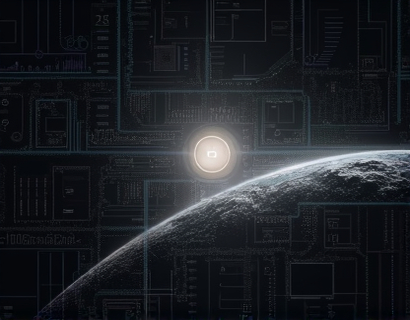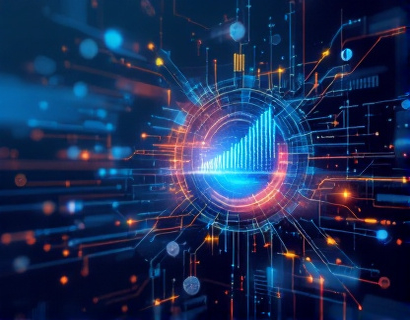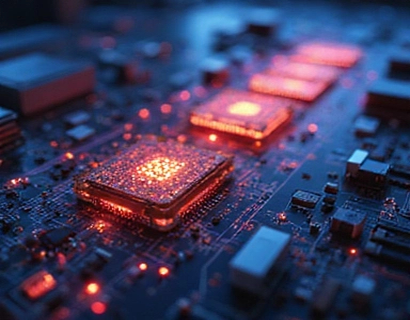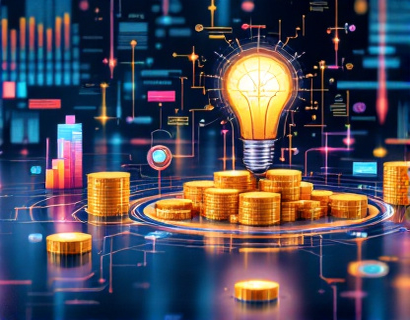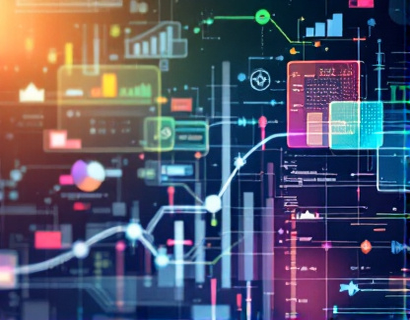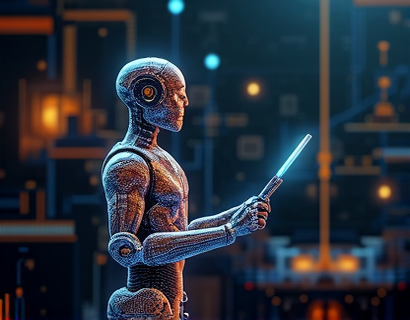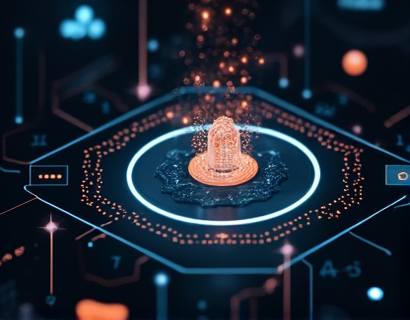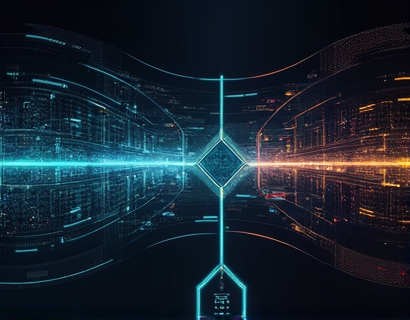Empowering Blockchain Communities: A Comprehensive Guide to Decentralized Collaboration and Innovation
The advent of blockchain technology has ushered in a new era of decentralized networks, offering unprecedented opportunities for collaboration, innovation, and governance. At the heart of this revolution is the concept of empowering blockchain communities, enabling users to connect, share resources, and actively participate in decision-making processes. This comprehensive guide delves into the mechanisms and benefits of decentralized collaboration and innovation, providing a roadmap for blockchain enthusiasts and innovators to enhance the efficiency and scalability of distributed networks globally.
Decentralized networks, by their very nature, rely on a network of nodes rather than a central authority to function. This decentralization brings numerous advantages, including increased security, transparency, and resilience against failures. However, the true potential of these networks is realized when combined with robust platforms that facilitate seamless collaboration and innovation. Such platforms serve as the backbone for building and sustaining thriving blockchain ecosystems.
Understanding Decentralized Collaboration
Decentralized collaboration refers to the process by which individuals and organizations within a blockchain network work together without a central coordinator. This collaborative environment is essential for driving innovation and improving the overall performance of decentralized systems. The key components of decentralized collaboration include open communication, shared goals, and collective decision-making.
Open communication is the foundation of any successful decentralized collaboration. Blockchain technology enables transparent and secure communication channels through smart contracts and decentralized messaging protocols. These tools ensure that all participants have access to the same information, reducing the risk of miscommunication and building trust among community members.
Shared goals are another critical aspect of decentralized collaboration. When community members align their efforts towards common objectives, the network can achieve more than the sum of its parts. This alignment fosters a sense of unity and purpose, driving collective progress and innovation. For instance, a decentralized network focused on developing sustainable energy solutions can unite developers, researchers, and industry experts to create more efficient and environmentally friendly technologies.
Collective decision-making is the cornerstone of decentralized governance. Blockchain-based platforms often employ decentralized autonomous organizations (DAOs) to facilitate democratic and transparent decision-making processes. In a DAO, members propose, discuss, and vote on proposals using cryptographic tokens. This mechanism ensures that every voice is heard and that decisions are made in the best interest of the community.
Enhancing Innovation Through Decentralized Platforms
Innovation is a driving force behind the rapid evolution of blockchain technology. Decentralized platforms play a pivotal role in fostering innovation by providing a fertile ground for experimentation, collaboration, and resource sharing. These platforms offer several advantages that traditional centralized systems cannot match.
Firstly, decentralized platforms reduce barriers to entry. Developers and innovators can access a global pool of resources, including talent, funding, and infrastructure, without the need for intermediaries. This democratization of resources levels the playing field, allowing even the most promising but underfunded projects to gain traction.
Secondly, the open-source nature of many blockchain projects encourages collaboration and knowledge sharing. Developers can build upon existing codebases, contributing to the collective advancement of the technology. This collaborative approach accelerates the development process and leads to more robust and secure solutions.
Thirdly, decentralized platforms enable the creation of new economic models, such as tokenomics and decentralized finance (DeFi). These models provide innovative ways to incentivize participation, reward contributions, and manage risks. For example, token rewards can motivate developers to contribute to a project, while DeFi protocols offer decentralized lending and borrowing services, enhancing financial inclusivity.
Governance in Decentralized Communities
Effective governance is crucial for the sustainability and success of decentralized communities. Decentralized governance frameworks ensure that the network remains aligned with the interests of its members and adapts to changing circumstances. The governance process in a decentralized community typically involves several key steps:
- Proposal: Community members propose changes or new initiatives. These proposals are detailed and open for discussion.
- Discussion: The community engages in a transparent and inclusive discussion, providing feedback and refining the proposal.
- Voting: Members vote on the proposal using cryptographic tokens. The voting process is verifiable and tamper-proof, ensuring the integrity of the outcome.
- Implementation: Once a proposal is approved, it is implemented by the network's automated systems, such as smart contracts.
This governance model empowers community members and ensures that decisions are made democratically. It also promotes accountability, as all actions are recorded on the blockchain and can be audited by anyone.
Case Studies: Successful Decentralized Collaboration
Several projects have successfully leveraged decentralized collaboration to drive innovation and enhance network efficiency. One notable example is the InterPlanetary File System (IPFS), a decentralized storage network that replaces the traditional client-server model. IPFS allows users to store and share files directly, reducing reliance on centralized servers and improving data availability and resilience.
Another example is the Gnosis Safe, a decentralized wallet that enables users to manage their cryptocurrencies and interact with decentralized applications (dApps) securely. Gnosis Safe utilizes a community-driven governance model, allowing users to propose and vote on updates and improvements, ensuring the wallet remains user-centric and secure.
These case studies demonstrate the power of decentralized collaboration in creating robust, user-driven ecosystems that continuously evolve and improve.
Challenges and Considerations
While decentralized collaboration and innovation offer numerous benefits, there are also challenges that need to be addressed. One significant challenge is the scalability of decentralized networks. As the number of participants and transactions increases, the network can face performance bottlenecks. Solutions such as layer 2 protocols and sharding are being developed to address these issues, enhancing the scalability of decentralized systems.
Another challenge is the technical complexity involved in participating in decentralized networks. For newcomers, understanding blockchain technology and engaging in governance processes can be daunting. Educational resources and user-friendly interfaces are essential to lower the barrier to entry and encourage broader participation.
Additionally, governance mechanisms must be designed to prevent centralization and ensure that power is distributed equitably among community members. This requires careful consideration of token distribution models and voting mechanisms to maintain decentralization.
Building a Thriving Decentralized Ecosystem
To build a thriving decentralized ecosystem, several key strategies should be employed:
- Foster a strong community culture that values collaboration, transparency, and inclusivity.
- Develop user-friendly tools and interfaces to make participation accessible to a wider audience.
- Implement robust governance frameworks that empower community members and ensure fair decision-making.
- Encourage innovation through open-source projects and collaborative development initiatives.
- Provide educational resources to help newcomers understand and engage with blockchain technology.
By focusing on these strategies, blockchain communities can create a vibrant and sustainable ecosystem that drives global efficiency and scalability.
Conclusion
Empowering blockchain communities through decentralized collaboration and innovation is essential for unlocking the full potential of distributed networks. By fostering open communication, shared goals, and collective decision-making, these communities can achieve remarkable outcomes. Decentralized platforms provide the tools and frameworks necessary for building resilient, innovative, and inclusive ecosystems. As the blockchain landscape continues to evolve, the importance of decentralized collaboration will only grow, paving the way for a more decentralized and equitable digital future.








